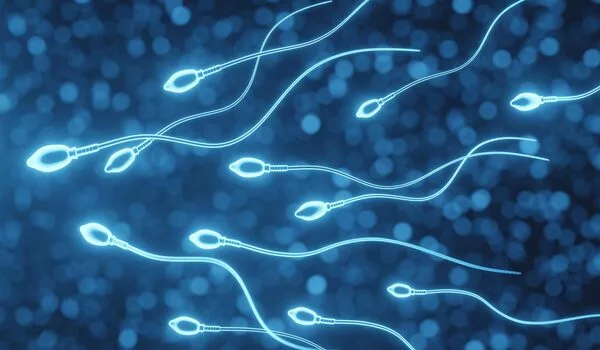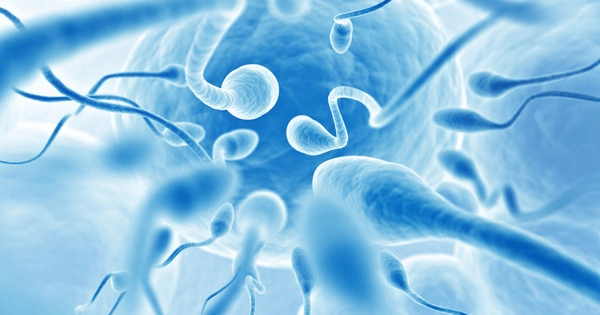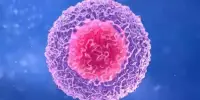Spermatogenesis is the process by which haploid spermatozoa develop from germ cells in the testis’s seminiferous tubules. This process begins with the mitotic division of stem cells located near the basement membrane of the tubules. These cells are known as spermatogonial stem cells. Mitotic division of these cells results in two types of cells. Type A cells replenish stem cells, while type B cells differentiate into primary spermatocytes.
A team of scientists discovered that the behavior of sperm cells is due in part to the individual DNA make-up of these cells, rather than only to male genetics. Its findings, which provide a new understanding of the competition among sperm cells to fertilize the egg, have far-reaching implications for the reproductive process.
The study, whichcenters on the swimming behavior of sperm cells, is the first to establish a direct effect of mutation on sperm behavior and suggests that the development and application of screens based on sperm behavior can improve the quality of the genetics they carry.
This study is the first to demonstrate that genetic differences can directly affect the swimming behavior of sperm cells.
Richard Borowsky
“Until now, the predominant view was that this variation in swimming behavior reflected the overall genetics of the male rather than the variable genetics of the individual sperm cells,” explains Richard Borowsky, a professor emeritus in NYU’s Department of Biology and the senior author of the paper, which appears in the journal Scientific Reports. “This study is the first to demonstrate that genetic differences can directly affect the swimming behavior of sperm cells.”
This broader understanding, he adds, may provide additional insight into the impact of abnormal sperm cells on offspring, particularly birth defects.
Because spermatozoa are the most morphologically diverse cell type, it is widely assumed that they evolve quickly. There is no direct evidence, however, that sperm evolves faster than other male traits. A test like this would necessitate comparing male traits that operate in the same selective environment, ideally produced from the same tissue, but differ in function.

The study focused on sperm cells in male fish, specifically Astyanax mexicanus cave fish, and included Haining Chen, an NYU graduate student at the time of the study who is now at Westlake University in Hangzhou, China. It compared normal fish sperm cells to fish whose sperm production had been artificially mutated. This allowed the scientists to identify behavioral and morphological characteristics that could affect the sperm’s chances of fertilizing the egg.
Their findings revealed no difference in flagellar length (the hair-like appendage that propels them as they swim towards the egg) between the normal and mutated samples. However, there was greater variability in the velocity, or swimming speed, of the mutated samples compared to the normal ones, implying that in many cases, the mutated samples swam at lower and faster speeds than the normal ones. Overall, while both types of sperm cells appeared similar, their behaviors are quite different and at critical stages.
The findings shed new light on the nature of reproduction.
It has long been established that sperm from different males differs in characteristics due to genetic differences between the males. This study established that different sperm from the same male differ in their characteristics because their genetic cargo differs.















